I'm designing a PCB that has a 2.4GHz signal that I'm routing to an SMA jack. I'm trying to figure out the geometry of the necessary microstrip trace. This is the first rf PCB I've worked on.
The problem is that if I feed the values into different online calcuators, I get considerably different values! I don't know which ones to design to.
I'm using a 4-layer PCB, 32-mil thick, FR4. The ground plane is directly under the microstrip, with 5.6-mil of prepreg between them. The microstrip thickness is 1.35-mil (1oz copper). I'm assuming a dielectric of 4.2.
The trace is running from a bandpass filter to the antenna jack, and is only 135-long.
Say that I make a 10-mil wide trace. Here are the results:
eeweb.com = 37.1 Ohm.
chemandy.com = 52.2 Ohm using one set of formulas, or 46.85 Ohm using IPC-2121.
If I use formulas from this textbook, I get 42.55 Ohm.
This is a surprising spread. What is the best practice here?
Thanks!


